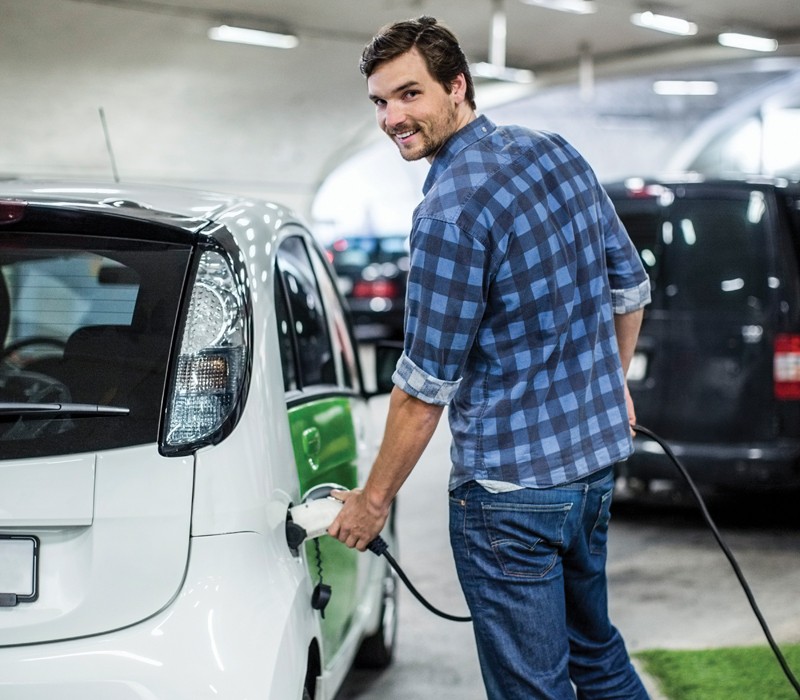Depending on the charging option, an upgrade to your home’s electrical system may be required. We can help guide you through this process.
Step 1: Check with the auto manufacturer or dealer on vehicle charging requirements.
Step 2: Determine if the vehicle requires an upgrade to your home's electrical panel and wiring.
Step 3: Contact a licensed electrician for consultation on your home's electrical needs and upgrades. Permits also may be required. (See the next tab for guidelines and specifications.)
Vehicle charging equipment installation costs can vary greatly depending on the configuration of your home's electrical circuits, local code requirements and the type of equipment installed. Permits may be required prior to installation or construction. If an electrical contractor is hired to perform the work, it is the homeowner’s responsibility to ensure the appropriate permits are obtained.
Step 4: If your electrician requires upgrades to your utility service, please contact us toll free at 1-888-221-7070 to request the service upgrade. If upgrades are needed to the infrastructure serving your home or neighborhood, we will upgrade your service as quickly and efficiently as possible. If permits or inspections are required, you are responsible for ensuring work is in compliance with federal, state and local codes.
